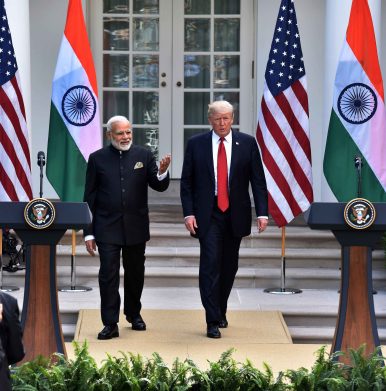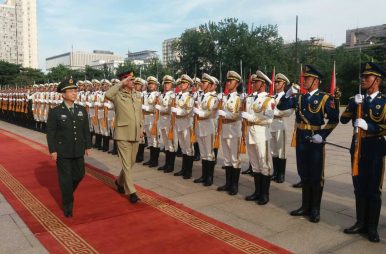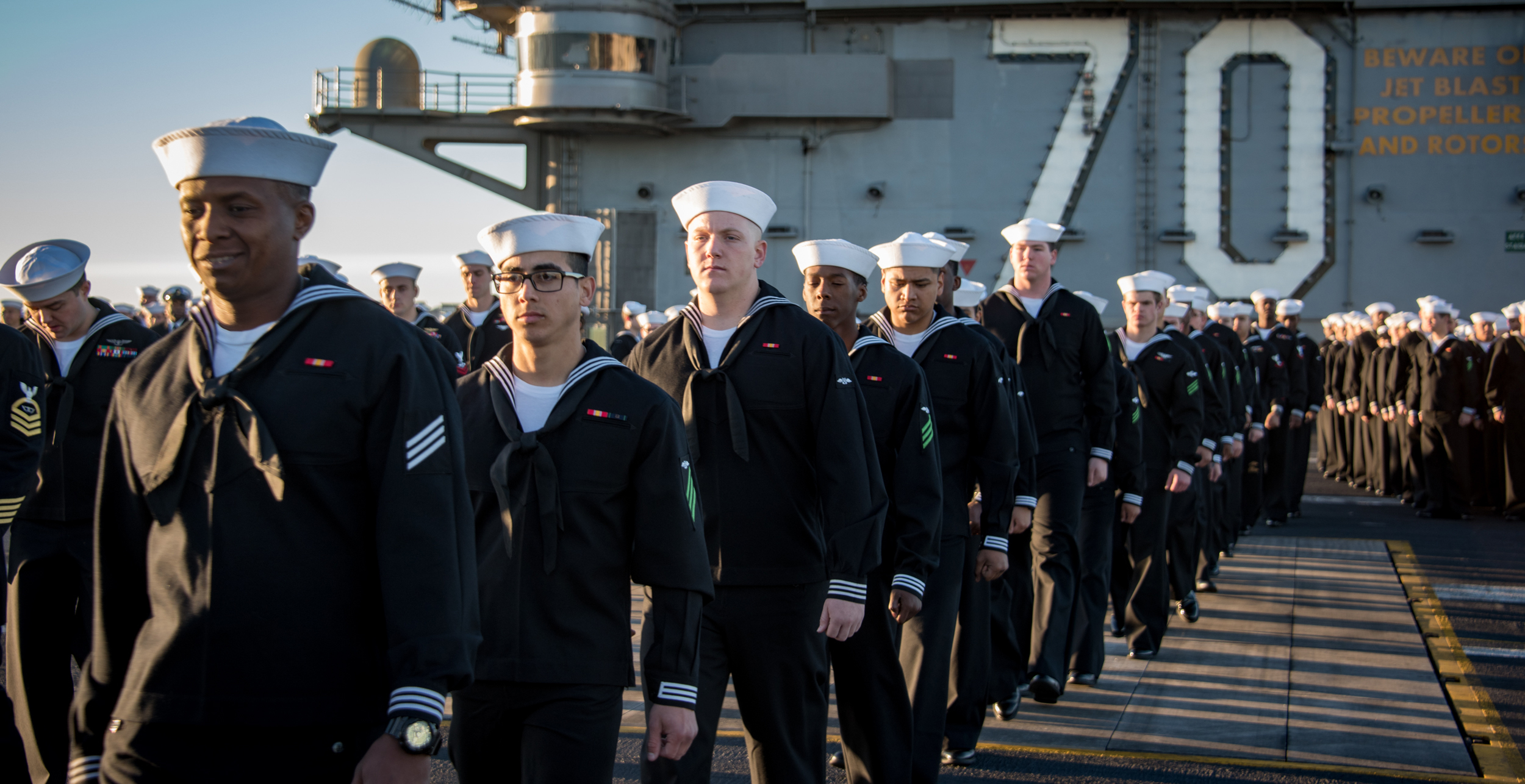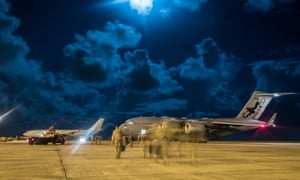By Yamini Aiyar and Lisa Gilbert
Though democracy still flourishes around the globe, it is coming under renewed strain worldwide. Established democracies have been facing new populist and nationalist challenges, while others have slid rapidly backward into varying levels of autocracy. Governments of all stripes are attacking freedom of the press, reducing transparency and closing space for civic engagement and civil society.
The success of democracy in the future will require strong democratic models and champions to help others build and solidify democracy in their home countries. It also will require a concerted effort to rebuild trust between citizens and their governments. The United States and India – as the world’s two largest democracies – must build a strong partnership that can help bolster the prospects of democracy not only in each country, but around the world.















